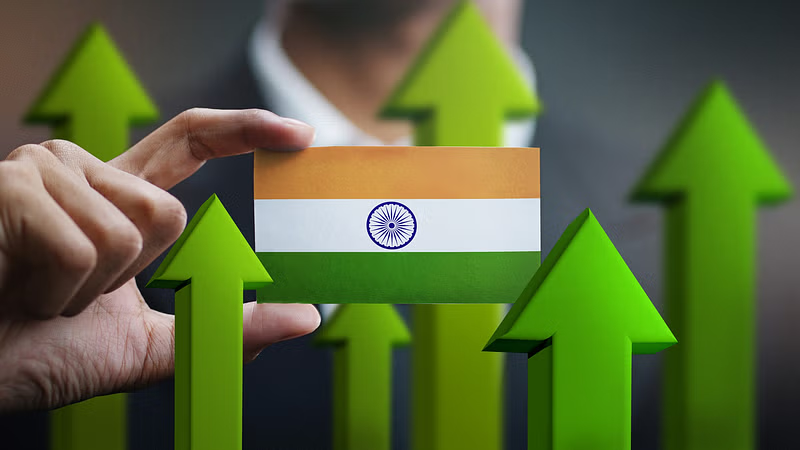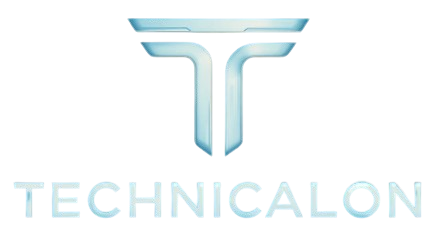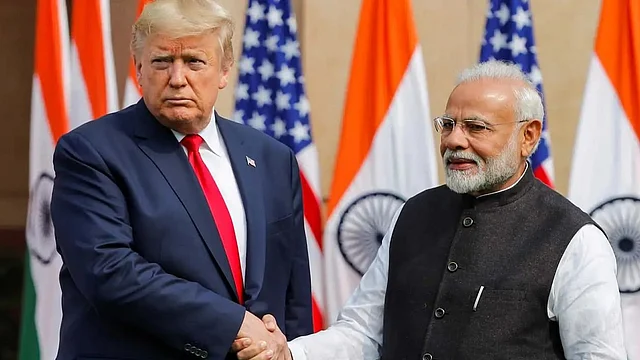World Bank Calls for Policy Reforms to Boost Foreign Investment in India
The World Bank has urged India to implement significant policy changes to enhance its economic growth and attract more foreign investment. In its Economic Memorandum on India, the global financial institution highlighted the need for the country to reduce import tariffs and simplify regulatory frameworks. The goal is to foster a more open trade environment, which will ultimately accelerate India’s growth trajectory.
Reducing Import Tariffs and Removing Barriers
One of the key recommendations from the World Bank is for India to lower import tariffs. These tariffs are particularly high on intermediate and capital goods, which increases trade costs and discourages foreign companies from doing business in India. The report emphasized that these relatively high tariffs, alongside non-tariff barriers, contribute to India’s trade inefficiencies. This, in turn, hinders the country’s overall economic openness, limiting the flow of both imports and exports.
Simplifying Customs Procedures and Reducing Bureaucracy
To facilitate smoother international trade, the World Bank has suggested that India simplify its customs procedures. The current customs system can be cumbersome and slow, adding unnecessary friction to trade processes. Streamlining this system would help reduce delays and make the country more attractive to foreign investors.
Furthermore, the World Bank pointed out the need to enhance policy predictability in regulations. Stability and clarity in government policies are essential for businesses to plan for the long term. The organization also recommended cutting red tape to create a more efficient business environment and reduce the administrative burden on foreign investors.
Aiming for High-Income Status by 2047
According to the World Bank’s report, for India to achieve its goal of becoming a high-income country by 2047, it must sustain an average growth rate of 7.8% over the next several decades. This ambitious target underscores the importance of implementing reforms that will stimulate both domestic and foreign investments, leading to long-term economic prosperity.
The World Bank stresses the need for India to adopt comprehensive reforms that will lower trade barriers, simplify bureaucratic processes, and create a more predictable regulatory environment. These steps are seen as essential for boosting economic growth and attracting the foreign investment required for the country to realize its development goals by mid-century.
India’s Economic Growth and Ambitions for 2047

India is gearing up to release its Gross Domestic Product (GDP) numbers for the December quarter, an important economic milestone. According to a recent World Bank report, India faces a significant challenge in its pursuit of becoming a high-income economy by 2047. The report outlines that for India to reach this goal, its Gross National Income (GNI) per capita would need to increase by nearly eight times its current level. To achieve this, India must accelerate its economic growth and sustain high growth rates over the next two decades—a feat that has been accomplished by very few countries in history.
The Role of Trade Openness in Economic Growth
The World Bank’s report emphasizes the crucial role of trade openness in boosting a nation’s productivity and fostering economic expansion. The report notes a decline in India’s openness to trade over the past decade. In 2023, the share of goods and services exports and imports in India’s GDP was 46%, down from 56% in 2012. This decrease highlights a reduction in trade integration, which has been hindered by relatively high import tariffs, especially on intermediate and capital goods. Furthermore, non-tariff barriers have raised trade costs, making it more difficult for India to fully integrate into global value chains (GVCs).
Trump’s Criticism of India’s High Tariffs
US President Donald Trump has been vocal in criticizing India’s high tariffs for several years, particularly during his campaign for a second term in office. This criticism has continued into his presidency, where Trump repeatedly expressed concerns about India’s trade practices. During Prime Minister Narendra Modi’s recent two-day visit to the United States, Trump remarked on India’s high tariffs in response to a question regarding reciprocal tariffs. He stated, “India has been, to us, just about the highest tariffed nation anywhere in the world. They’ve been very strong on tariffs, and I don’t blame them, necessarily, but it’s a different way of doing business. It’s very hard to sell to India because they have trade barriers and very strong tariffs.”
Potential Impact of Reciprocal Tariffs on India
Trump’s criticism also included a threat of imposing reciprocal tariffs on India, which could escalate trade tensions. A Bloomberg report indicated that in response to these potential levies, India is considering reducing tariffs on a wide range of imports, including automobiles and chemicals. This move is aimed at mitigating the risk of retaliatory tariffs from the United States, which could disrupt trade relations between the two nations.
Frequently Asked Questions
What is the World Bank’s stance on India’s tariff policies?
The World Bank has expressed concerns about India’s high tariffs, particularly those on agricultural and industrial goods. These tariffs are seen as a barrier to free trade and economic growth, aligning with viewpoints similar to those of former U.S. President Donald Trump, who criticized India’s trade practices during his tenure.
How do Donald Trump’s views on India’s tariffs differ from other world leaders?
Donald Trump’s criticism of India’s tariffs was harsh and often direct, labeling India as one of the “highest tariff” countries globally. His perspective focused on reducing trade imbalances and opening markets for American businesses, which aligns with the World Bank’s broader view that trade liberalization could benefit the global economy.
What did Donald Trump say about India’s trade policies?
Trump frequently criticized India’s tariffs, describing them as unfair and damaging to U.S. companies. He also suggested that India imposed high tariffs on American goods, creating a trade imbalance that he wanted to address during his presidency.
Why is the World Bank concerned about India’s tariff policies?
The World Bank views high tariffs as obstacles to trade, which can slow down economic growth, reduce foreign investments, and limit market access for both India and its trading partners, including the U.S. and other countries.
Does the World Bank’s viewpoint align with Donald Trump’s trade policy approach?
Yes, both the World Bank and Donald Trump have expressed concerns about India’s tariff practices. Trump’s administration took a strong stance against India’s tariffs by imposing trade restrictions, while the World Bank advocates for lower tariffs globally to stimulate trade and economic development.
What impact do high tariffs have on India’s economy according to the World Bank?
High tariffs can hinder India’s economic growth by raising the cost of imports, limiting consumer choice, and reducing competition. The World Bank believes that lowering tariffs could increase trade, foster innovation, and benefit India’s long-term economic stability.
How did the U.S. respond to India’s tariff policies during Trump’s presidency?
During Trump’s presidency, the U.S. imposed tariffs on Indian goods, particularly steel and aluminum, in retaliation for India’s high tariffs on American products. Trump also threatened to revoke India’s preferential trade status under the Generalized System of Preferences (GSP) due to these tariffs.
Has the World Bank recommended any changes to India’s tariff policies?
Yes, the World Bank has suggested that India should consider lowering its tariffs to boost its integration into global supply chains, attract foreign investment, and improve economic efficiency. It recommends adopting a more open trade policy to stimulate growth and development.
How do India’s tariff policies affect its relations with the U.S.?
India’s high tariffs have strained trade relations with the U.S., especially during the Trump administration. These tensions were reflected in trade disagreements and the imposition of retaliatory tariffs by both countries. Trump’s views on India’s tariffs exacerbated these issues.
What are the broader implications of India’s tariff policies on global trade?
India’s tariff policies contribute to the global trend of protectionism, which the World Bank and other international organizations believe can negatively affect global trade dynamics. Higher tariffs can lead to trade wars, reduced global market access, and decreased economic cooperation, which in turn can stifle global growth.
Conclusion
The conclusion of “World Bank Reflects Donald Trump’s Views on India’s Tariff Policies” highlights the World Bank’s alignment with Trump’s criticism of India’s trade policies, especially its high tariffs on U.S. goods. The World Bank has expressed concerns that such tariffs hinder global trade and economic growth, echoing Trump’s protectionist stance. This alignment suggests a growing global consensus on the need for tariff reductions and trade liberalization. The World Bank’s support may influence international pressure on India to reform its tariff structure to enhance market access and stimulate global trade.

